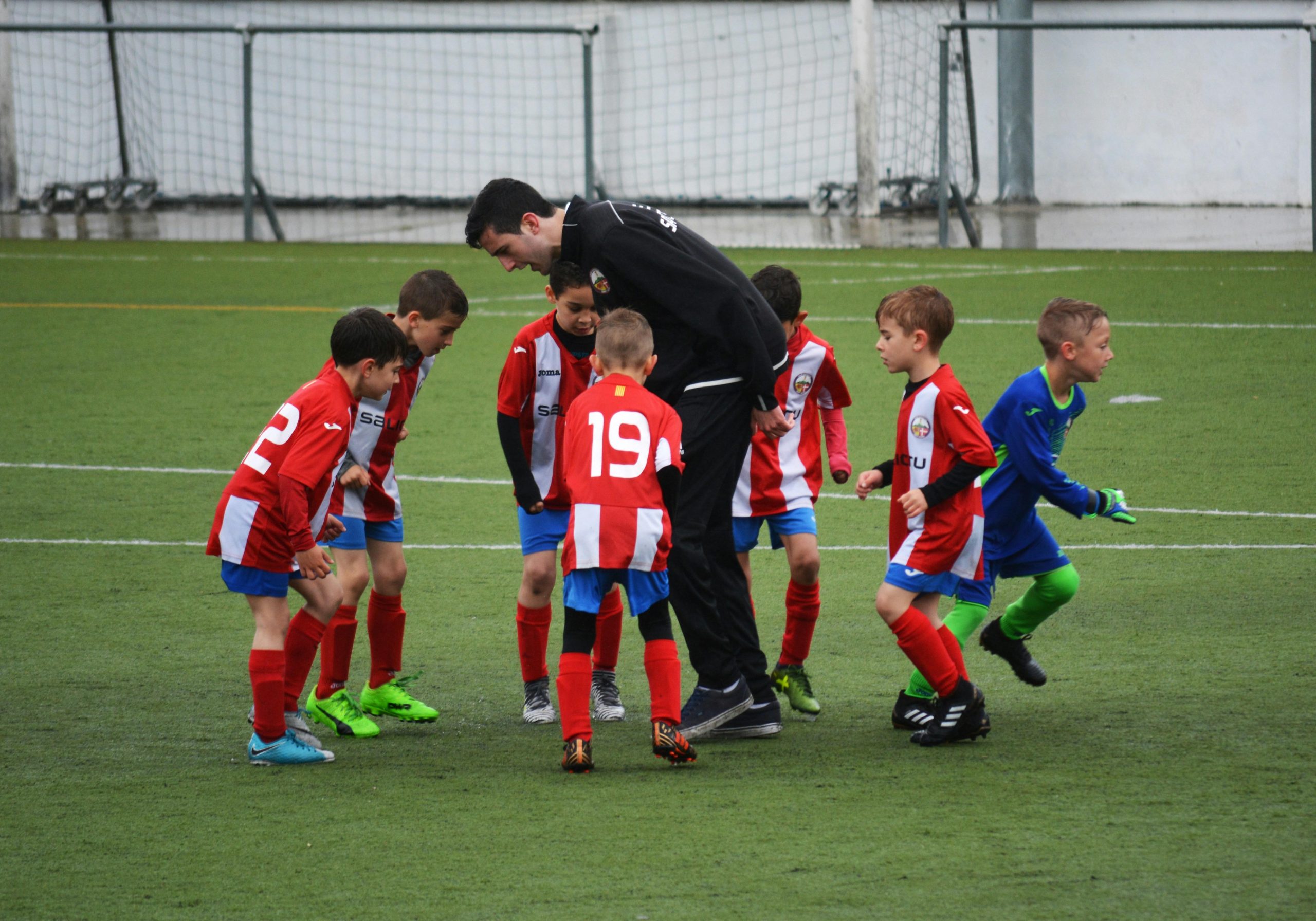Positive Reinforcement: Building a Strong Bond With Your Pet

In a world where the bond between humans and their animal companions is cherished as a source of joy and comfort, the art of communication takes center stage. Imagine a relationship with your pet that is not only harmonious but also deeply rewarding—a partnership built on trust, understanding, and mutual respect. Enter the realm of positive reinforcement, a transformative approach that transcends the traditional boundaries of training. This technique celebrates the power of encouragement, focusing on rewarding desired behaviors to cultivate a lasting connection. As we delve into the nuances of positive reinforcement, we embark on a journey to discover how this method not only enhances your pet’s behavior but also strengthens the invisible threads that tie your hearts together. Join us as we explore the principles, benefits, and practical applications of positive reinforcement, and learn how to build a bond with your pet that is as enduring as it is joyful.
Understanding the Science Behind Positive Reinforcement
Delving into the mechanisms of positive reinforcement reveals its profound impact on pet behavior and learning. At its core, positive reinforcement involves the strategic use of rewards to encourage desirable actions. This method taps into the brain’s reward system, releasing dopamine, a neurotransmitter that fosters pleasure and satisfaction. The more consistently a behavior is followed by a positive outcome, the more likely it is to be repeated, creating a reliable pattern of learning. This approach not only enhances the pet’s ability to learn but also strengthens the bond between pet and owner through mutual trust and understanding.
- Timing is Crucial: Rewards should be given immediately after the desired behavior to ensure the pet associates the action with the positive outcome.
- Consistency Matters: Regular reinforcement helps in establishing a strong link between behavior and reward.
- Variety of Rewards: Use a mix of treats, toys, and verbal praise to keep your pet engaged and motivated.
- Understand Your Pet’s Preferences: Each pet is unique; find out what they find most rewarding.

Techniques to Implement Positive Reinforcement in Daily Interactions
Integrating positive reinforcement into your daily interactions with your pet can transform your relationship and create a nurturing environment. Start by recognizing and rewarding desired behaviors as soon as they occur. This could be as simple as a verbal cue, like saying “good job,” or a gentle pat. Consistency is key; ensure that your responses are predictable so your pet can easily associate their actions with positive outcomes.
- Verbal Praise: Use enthusiastic tones to convey approval.
- Treats: Small, healthy snacks can be an effective incentive.
- Playtime: Incorporate favorite games as a reward.
- Affection: Offer extra cuddles or petting sessions.
Beyond rewards, it’s crucial to maintain a positive demeanor. Your pet is highly attuned to your emotions, and a calm, encouraging presence can reinforce their trust and eagerness to please. By seamlessly weaving these techniques into your everyday routine, you not only foster good behavior but also deepen the bond with your beloved companion.

Creating a Reward System That Resonates with Your Pet
Crafting a reward system that truly connects with your pet requires an understanding of their unique preferences and motivations. Each animal has its own set of likes and dislikes, so it’s essential to tailor rewards to what your pet values most. Experimentation is key—observe which treats, toys, or activities elicit the most excitement and engagement from your furry friend. Some pets might respond enthusiastically to edible treats, while others may prefer playtime or affection as a reward.
- Treat Variety: Introduce a range of healthy treats to find what your pet loves. Consider their dietary needs and preferences.
- Interactive Play: Use toys that stimulate your pet’s mind and body. Playtime can be an excellent reward for many pets.
- Quality Time: Spend dedicated time with your pet, whether through petting, grooming, or simply being present. This can strengthen your bond and serve as a valuable reward.
- Verbal Praise: A warm, enthusiastic voice can be a powerful reinforcement, especially when combined with other rewards.
By consistently using a reward system that resonates with your pet, you not only encourage desired behaviors but also nurture a trusting and loving relationship. This personalized approach to positive reinforcement can transform training sessions into enjoyable experiences for both you and your pet.

Common Mistakes to Avoid When Using Positive Reinforcement
When implementing positive reinforcement with your pet, it’s easy to fall into certain pitfalls that can undermine your efforts. One common error is inconsistency. Being consistent in rewarding the desired behavior is crucial; sporadic rewards can confuse your pet and delay learning. Also, timing is everything. If the reward comes too late, your pet may not associate it with the behavior you intended to reinforce.
Another mistake is using rewards that are not motivating enough for your pet. Identify what truly excites your pet, whether it’s a particular treat, toy, or verbal praise. Additionally, over-relying on treats can lead to health issues and diminish the effectiveness of other types of reinforcement. avoid using positive reinforcement for inappropriate behavior, as this can unintentionally reinforce bad habits. By keeping these points in mind, you can ensure that your approach to positive reinforcement is both effective and rewarding for you and your pet.



